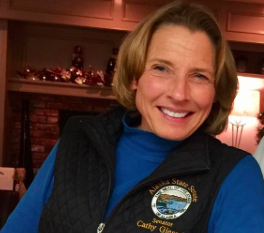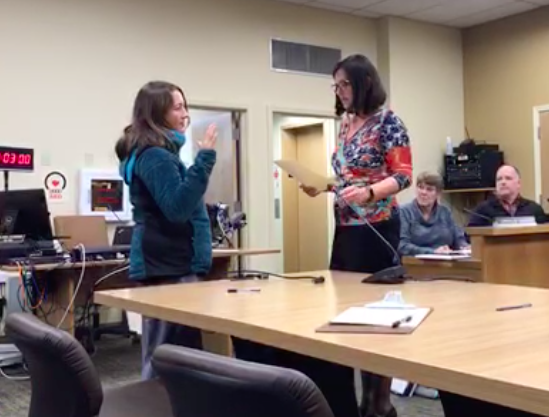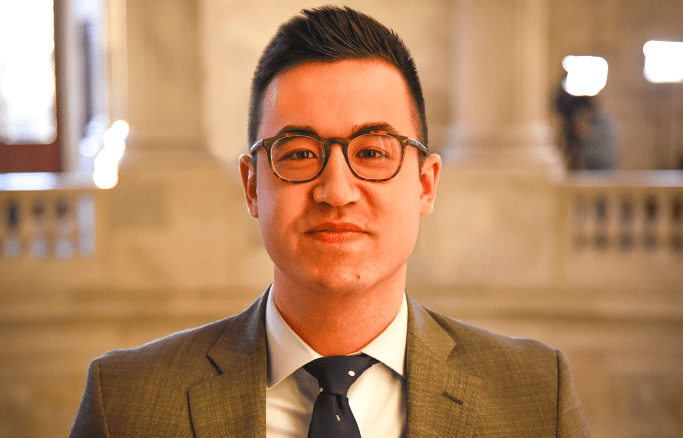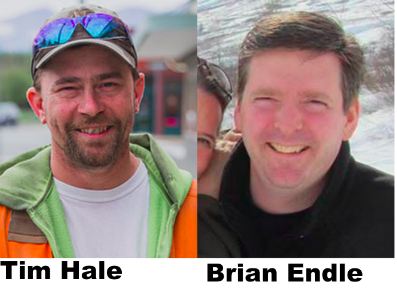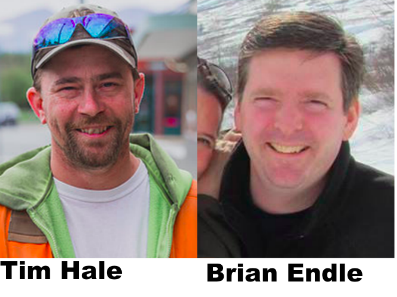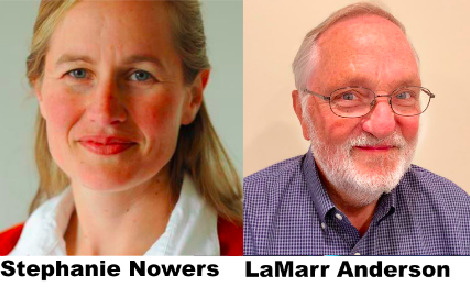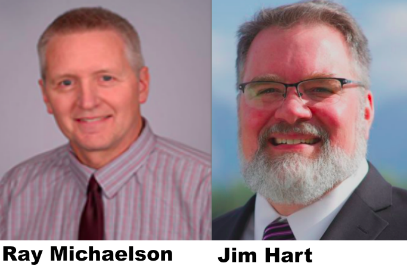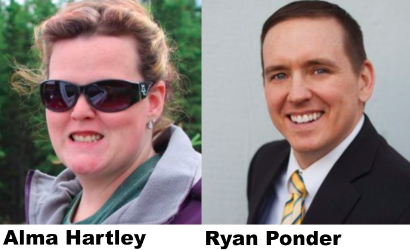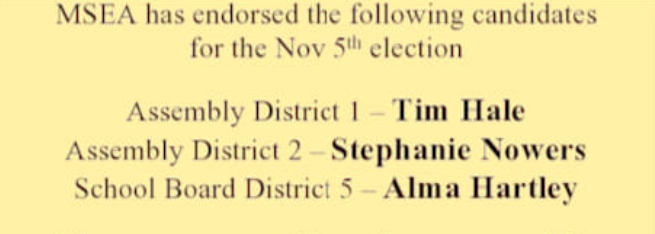By ART CHANCE
Continued from Sunday’s “Department of Work Around It”
We tried to clean up some of the personnel mess during the Murkowski Administration but with only limited success. We removed all personnel and labor relations authority from departments and centralized the authority and most of the personnel in Administration, to the great chagrin of the Administrative Services Directors (ASDs).
I vividly remember one of them screaming at me that he wanted his “girl down the hall back.” Frankly, by the time we got the clean-up attempts going, so many people were in temporary exempt positions or making exception wages that we didn’t have the muscle to stop it.
We did manage to stop bonuses but I’m told they soon returned. The Murkowski Administration got diverted from cleaning up Procurement by a cockamamie scheme to privatize State procurement. That scheme went nowhere but so did cleaning things up.
If anything, Finance became a bigger mess at the department level. Attempts to centralize and consolidate the State’s enormously wasteful and ineffective IT function were also thwarted by the administrative services directors and their allies.
The Personnel centralization barely survived the end of the Murkowski Administration. An independent Division of Labor Relations with the full panoply of the commissioner authority survived my retirement by a few days.
After I retired, I said to most anybody who would listen that I would only come back to State government if I could come back as the Chief of Staff to a governor I liked, and my first official act as his/her hand came off The Bible would be to fire all the ASDs. I’ve mellowed a bit about that over the years, but not much.
The Knowles Administration gave lip service to our recruiting and retention difficulties and the rapid turnover of a dramatically aging workforce. Because of the large expansion of the State workforce in the 1970s and early 1980s, much of that workforce was coming up on 30 years and retirement in the late 1990s and early 2000s.
When I returned to the Executive Branch in 1999, we were looking at nearly 40 percent of our professional, supervisory, and managerial staff being eligible to retire in the next five years. There was a lot of talk about recruiting and retention and it made for a good excuse to give some people raises. And there was some talk of succession planning, but there was no real planning. The bill came due in the Murkowski, Palin, and Parnell Administrations.
When I returned to Labor Relations in late 1999, I had one experienced employee and he had been a very junior Labor Relations Analyst 1 when I left in late 1996. He’d been immediately promoted to an Labor Relations Analyst III when I and all the other senior staff left, but he’d had nobody to learn from and the result was predictable.
The Tony Knowles Administration didn’t need much labor relations work anyway; the unions all had the commissioners’ direct phone numbers.
The current director of Personnel and the senior Labor Relations staff are people I hired after 1999. They had a few years with an experienced supervisor before I retired in mid-2006, and since then have been on their own.
I had a formative experience right after I returned in 1999: I was trying to remember the name of an arbitration that had facts similar to something I was working on, and I called a co-worker with whom I had worked since Gov. Steve Cowper to ask if she remembered the name. She didn’t remember either, and I realized that if she and I didn’t know, nobody knew.
Today it is like that throughout State government. There is only one person still with the executive branch who was in the Labor Relations group that dealt with the 1980s’ oil price crash. The rest of us have retired, moved on to other employers, or moved on to other dimensions. When I look at a Directory of State Officials, I hardly see any familiar names.
The State lost much of its institutional memory in the purge of senior classified employees in the eight years of Gov. Tony Knowles. When I came back in 1999 things that once happened seamlessly and automatically just didn’t happen anymore and few even knew they should happen.
Such improvements as were made in the Murkowski Administration were few and largely impermanent. The State has lost much more due to retirement of senior staff, many of whom didn’t have time to cultivate experienced successors or didn’t want to do so.
When I became Director of Labor Relations I had 15 years of experience doing labor relations work with the State; my successor had about five years. The current head of the Labor Relations section had zero labor relations experience when hired by the current administration.
Today’s State employees don’t know what they don’t know. And much of what they do know is wrong. To most of today’s hiring managers and human resources employees temporary exempts with benefits, exception pay, and bonuses are just “the way we’ve always done it.”
Even back in my early days few, State employees knew why they did what they did or what the legal authority for doing it was; they learned on the job and they did the job by rote. When I first came to Labor Relations “that’s the way we’ve always done it” was our primary policy guidance and only the exigent circumstances of the oil price crash of the mid-1980s forced us to seriously examine what we did and what we could legally do.
Very few of the Dunleavy appointees have any State experience at all and the couple I know of that do have their experience either at the 50,000-foot level or in some job that wasn’t actually nuts-and-bolts agency work.
The governor freely admits that he vetoed HB48 because it eliminated things that the bureaucracy wanted. It got lost that what they want and what they say they need is illegal. Somehow it got lost in the whole legislative process that they didn’t need to pass new legislation to stop the Executive Branch from doing illegal things.
I’ll make it simple: Giving benefits to temporary exempts is illegal. Exception pay for classified or partially exempt employees is illegal. Bonuses for classified or partially exempt employees, which is another kind of exception pay, are illegal.
If Gov. Dunleavy wants to stop illegal practices, he doesn’t need a new law; he just needs to tell his employees to knock that stuff off. I heard the stuff about how some jobs are just so special that you just cannot recruit for them if you can only offer a salary from the statutory State Pay Plan or a union contract.
Mostly that rationale is unadulterated bull that I heard for my whole career, but there are some such jobs, and there has been a provision in the State Personnel Act to cover such jobs since 1961; it is called the Exempt Service. A list of jobs in the Exempt service can be found in Alaska Statute 39.25.110.
If you’re a commissioner who has some job that either because of the prevailing wage of the occupation or because of the common manner of recruitment isn’t susceptible to recruitment to a job in the classified or partially-exempt services, all you have to do is propose legislation and convince the Legislature that your job should be added to the list of jobs exempted from the State Personnel Act and the State Pay Plan.
The Murkowski Administration did this with some Department of Revenue positions. I didn’t have anything to do with it because I thought it was a scam just to be able to hire who they wanted and pay them what they wanted. The unions hated it but they were so obnoxious about it that the Legislature passed it to spite them. It turned out that I was right; it was pretty much a scam.
The Director of Personnel has the authority and the duty to prohibit improper hires under AS 39.25.110(9) and to prohibit paying benefits to 110(9) hires.
The Director of Personnel also has the authority and the duty to remove employees who were illegally hired under 110(9) and either dismiss them from State employment or place the job in the classified or partially exempt service. The Personnel Rules describe the means by which a formerly exempt employee can qualify for a classified or partially exempt position.
The Director of Personnel also has the power and the duty to prohibit exception pay and payment of bonuses to classified and partially exempt employees.
The Director of Retirement and Benefits has the power and the duty to prohibit temporary employees from receiving retirement and health insurance benefits.
The problem is that doing these things are “the way we’ve always done it,” and some powerful people want it done this way.
If Gov. Dunleavy wants to be all belt-and-suspenders about this, he can ask the Attorney General for a formal opinion. One existing viewpoint from the AG during the Knowles Administration holds that paying bonuses was illegal.
The PERS statute is explicit that PERS benefits go only to permanent employees, as is the case with the leave statute. The AG shouldn’t have much trouble with this, but he should make it a formal opinion so that only a court or the Legislature can reverse him because the same crowd or their progeny will be beating on the next governor’s door wanting it all back.
Oh, and before all of you out there who are just dying to bring this up can do so, yes, when I had my brief dalliance with working for this Administration it was in a temporary exempt position, but I’m the kind of person 110(9) positions were made for, someone with particular expertise to do a specific task and who doesn’t want or need benefits since I’m retired and already have PERS benefits.
Plus, I had the decency to only ask for what would be a legally earned range and step, were I eligible for rehire into a classified or partially exempt position. I was a 26D-E when I retired.
Art Chance is a retired Director of Labor Relations for the State of Alaska, formerly of Juneau and now living in Anchorage. He is the author of the book, “Red on Blue, Establishing a Republican Governance,” available at Amazon.

